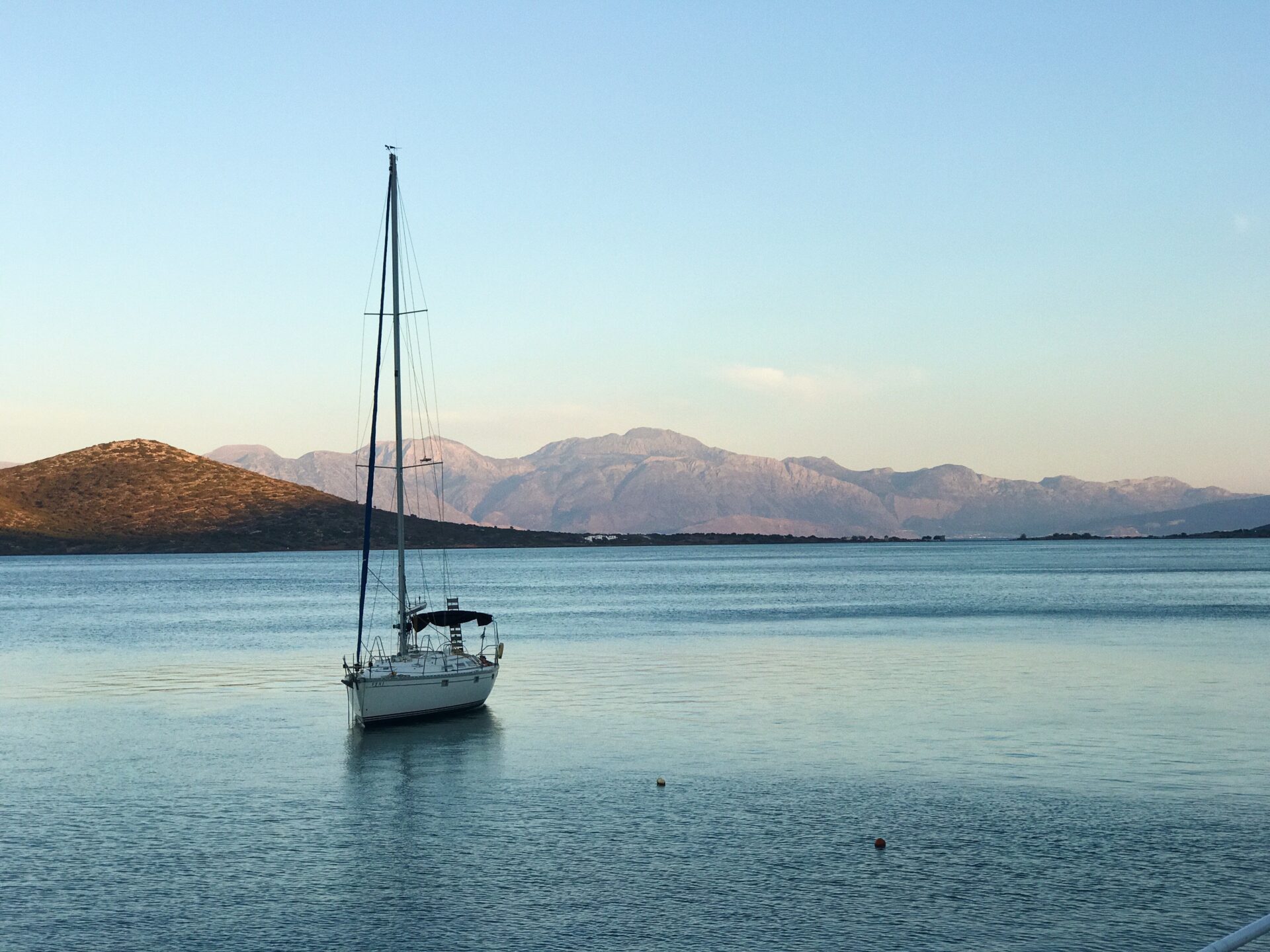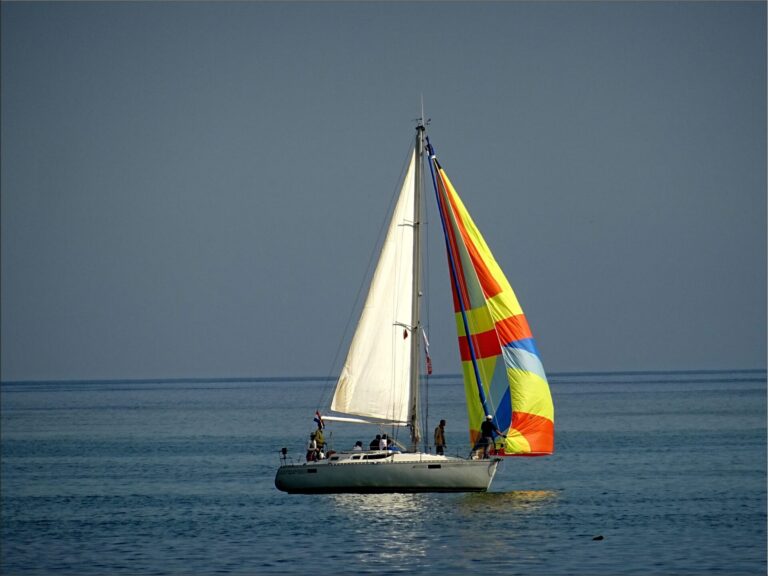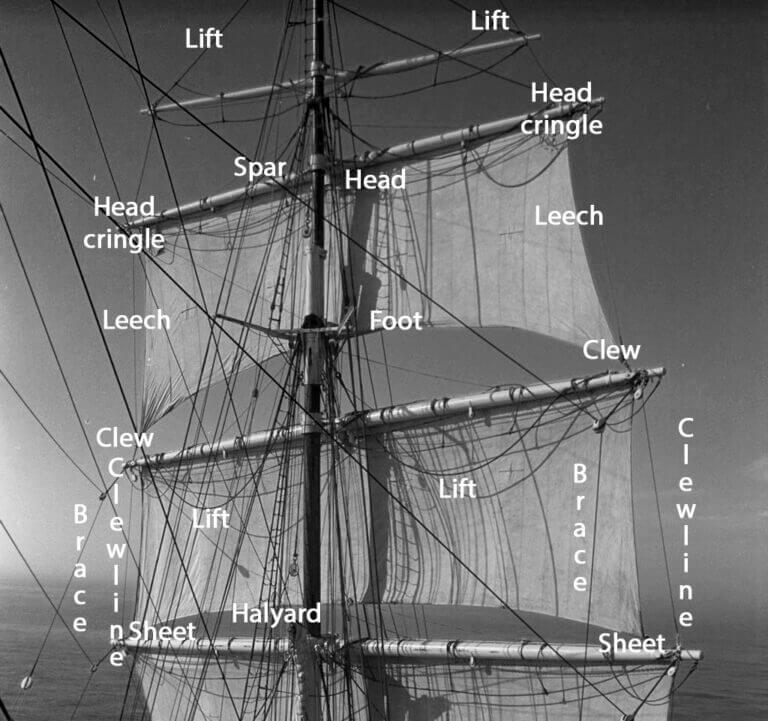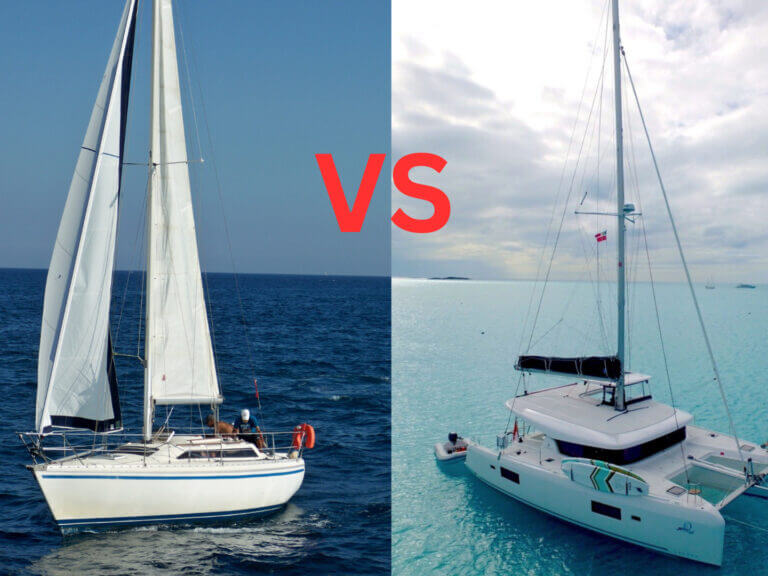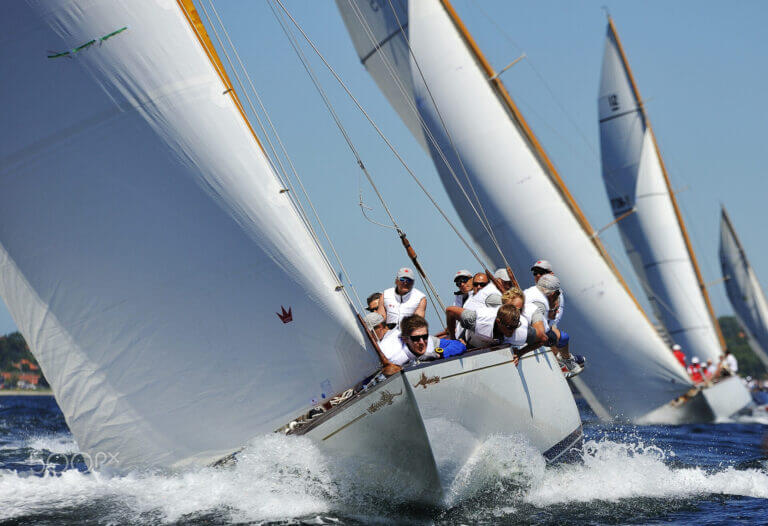How do Boats Float? Exploring the Science Behind Buoyancy
Sailboats float because the average density of the boat is less than the density of water. When boats displace as much water as it weights, this is known as the buoyancy force generated by Archimedes’ principle.
If you’ve ever wondered how do boats float and therefor enable us to embark on thrilling water adventures, you’ve come to the right place. In this article, we will delve into the fundamental principles of buoyancy,and the role of various factors that contribute to a sailboat’s ability to float. So, let’s set sail on this enlightening journey!
Understanding Buoyancy: The Science Floating
Floating continuously on a sailboat is a remarkable phenomenon, and science holds the key to unraveling its secrets. At its core, the concept of buoyancy plays a pivotal role in determining whether an object, including a sailboat, will float or sink. According to Archimedes’ principle, which has shaped our understanding of buoyancy, an object will float if it displaces an amount of water that is equal to or greater than its own weight.
The Role of Average Density
To achieve buoyancy, a sailboat must possess an average density that is lower than that of water. This is made possible through the construction of a hollow hull, often crafted from materials such as fiberglass. By employing this principle, sailboats of all sizes can stay afloat and facilitate safe navigation on the water.
The Buoyant Force
The buoyancy of a sailboat is dependent on its surface area and its ability to displace enough water to counteract its weight. Displacement, which is determined by the weight of the boat and the volume of water it displaces, is counteracted by the upward force known as the buoyant force. This force, in turn, ensures that the boat remains afloat and prevents it from sinking.

The Crucial Role of Air Interiors
A significant factor contributing to the buoyancy of sailboats is the presence of air within their structures. The air inside the boat makes it less dense than water, enabling it to float. Consequently, only a small portion of the boat needs to submerge in water to balance its weight. It is crucial to maintain the integrity of the hull to ensure that no air escapes, as any leaks can lead to a loss of buoyancy and potential sinking.
The Influence of Pressure
Contrary to popular belief, floating is primarily determined by pressure rather than weight.When an object, such as a sailboat, is submerged in a fluid, such as water, the pressure exerted by the fluid on the object varies with depth. The pressure increases as the depth increases. This pressure difference creates an upward force called buoyant force, which opposes the force of gravity acting on the object. The magnitude of the buoyant force is equal to the weight of the fluid displaced by the object. Therefore, if the object displaces a volume of fluid with a weight equal to its own weight, it will experience a net upward force and float.
Buoyancy and the Impact of Size
As sailboats increase in size, they displace larger volumes of water, resulting in a greater buoyant force. This buoyant force counteracts the downward force exerted by the boat’s weight, enabling larger sailboats to safely carry more weight without sinking. In contrast, smaller boats, such as rowboats or canoes, have lower buoyancy and can only support limited weight before submerging.
Why Large Sailboats Float Better
Bigger sailboats offer enhanced floating capabilities and stability, especially in rough weather conditions. The increased size of these vessels allows them to displace more water, resulting in higher buoyancy. Consequently, container ships and larger sailboats employ excess flotation to maintain their waterline and mitigate the impact of external forces during storms or turbulent waters.
The Significance of Sailboat Design
A sailboat’s design plays a vital role in determining its performance, stability, and overall functionality on the water. While a spherical shape, like that of a beach ball, may be buoyant, it is not practical for a sailboat due to limitations in speed and maneuverability. Sailboat designs are tailored to specific purposes, such as speed-oriented racing sailboats or leisurely day-sailing vessels. The design considerations take into account factors such as intended purpose, stability requirements, and performance expectations.
Stability and Boat Design
When it comes to stability, there is often debate among marine architects regarding the best boat design. Several factors influence a boat’s stability, including hull shape, height, and propulsion system. Different designs are suitable for various purposes, such as fast sailboats designed for racing or sturdy vessels intended for long journeys. Multihull sailboats, such as catamarans and trimarans, offer superior stability compared to monohull sailboats, making them an attractive choice for those seeking increased stability on the water.
Determining a Boat’s Floatation Level
Calculating a sailboat’s floatation level involves determining its volume at different hull heights. This can be a complex process, but it is crucial for understanding how much water the boat displaces and at what level it will sit. This measurement, known as the boat’s draft, should always be considered when navigating shallow waters to avoid grounding. A heavier boat will sit lower in the water, while a lighter boat will ride higher.
The Impact of Water Type on Buoyancy
Understanding how different types of water affect buoyancy is essential for optimizing sailboat performance and ensuring safety. Factors such as salinity and temperature can influence buoyancy characteristics. Saltwater, with its higher density of about 3.5%, provides greater buoyancy than freshwater.
In both fresh and saltwater environments, dissolved salt concentration impacts the buoyancy of sailboats to some extent. Although it may alter the weight of saltwater, the impact on draft and buoyancy is relatively minor. Nonetheless, it is essential for boaters to be aware of these variations in water type and their potential effects on sailboat performance.
Enhancing Sailboat Buoyancy
There are two primary methods to enhance a sailboat’s buoyancy: adjusting weight and modifying hull size. Each approach carries its own considerations and implications, which we will explore further.
Adding Weight
Increasing a sailboat’s weight can cause it to sink lower in the water. However, it is important to note that every boat has weight limits designed to ensure safety and optimal performance. Before considering adding weight, it is advisable to consult the manufacturer or seek professional advice to determine the maximum weight capacity of your sailboat.
Removing Weight
Reducing the weight of a sailboat offers several advantages, including improved efficiency and reduced drag. This consideration is particularly relevant for speed-oriented sailboats or racing vessels aiming for better flotation on the water. Removing unnecessary items, such as old carpeting and gear, can help minimize displacement at low speeds and increase lift at higher speeds. Additionally, substituting heavier materials with lighter alternatives near the boat’s center of gravity can significantly reduce overall weight impact. Regular maintenance, including checking for decaying flooring or water retention, can also help prevent unwanted weight accumulation.
Opting for a Bigger Hull
If adding more weight is not a viable option for increasing buoyancy, transitioning to a larger sailboat with a bigger hull may be necessary. This decision might involve trading a monohull sailboat for a multihull design, such as a catamaran or trimaran. Larger hulls provide additional stability and deck space, enabling safer navigation and enhanced buoyancy.

